It’s necessary for growers to understand the differences between DWC (Deep Water Culture) and other hydroponic methods to determine the best fit for their needs. He or she may find that DWC offers rapid plant growth and simplifies nutrient delivery, making it an attractive option. However, they should also consider potential challenges such as oxygen levels and system maintenance. Other methods, like Nutrient Film Technique or Ebb and Flow, present unique advantages and disadvantages that can influence their gardening experience. This comprehensive comparison will guide them in making an informed choice.
Key Takeaways:
- Deep Water Culture (DWC) offers faster growth rates due to constant oxygenation and nutrient availability compared to methods like nutrient film technique (NFT) or aeroponics.
- DWC systems require less frequent monitoring and maintenance than other methods, making them more beginner-friendly.
- Consider the space available, as DWC systems are generally more space-efficient, while other methods may require additional equipment for nutrient delivery or support.
- Temperature control is important in DWC; higher water temperatures can lead to issues with oxygen levels and root health, unlike some other hydroponic systems.
- Budget and resources also play a role; DWC can be cost-effective to set up compared to more technologically advanced systems like aeroponics.
The Unique Mechanics of Deep Water Culture
Core Components of DWC Systems
Deep Water Culture (DWC) systems operate on a simple yet effective principle: plants grow in net pots suspended above nutrient-rich water, with their roots submerged directly in this solution. The core components of a DWC system include a reservoir to hold the nutrient solution, a network of air stones for oxygenation, net pots for planting, and a growing medium to provide stability. Many growers prefer using expanded clay pellets or rock wool as the medium because they offer excellent drainage and aeration, critical for root development. By maintaining a steady nutrient solution temperature of around 65-75°F, the system promotes optimal growth.
Water level management plays an crucial role in a DWC setup. The reservoir must be continually monitored to ensure that the water level remains sufficient to allow roots to absorb nutrients while providing access to oxygen through the air. Typically, a depth of 6 to 12 inches is recommended for the nutrient solution, allowing roots to thrive without becoming waterlogged. This careful balance between nutrient access and aeration is what sets DWC apart from other hydroponic methods, offering growers a less labor-intensive approach to plant cultivation.
The Role of Aeration in Plant Health
Aeration is a vital component of DWC systems, as oxygen-rich water significantly influences plant growth. The presence of dissolved oxygen encourages robust root development, which in turn enhances nutrient uptake efficiency. Often, growers employ air pumps linked to air stones or diffusers placed in the reservoir, providing a continual supply of oxygen to the water. This process not only prevents stagnation but also inhibits the growth of pathogens that thrive in low-oxygen environments.
Achieving optimal oxygen levels in the water can yield remarkable results; studies show that plants can absorb nutrients five times more effectively in oxygenated environments. Consequently, DWC-grown plants typically display faster growth rates and higher yields compared to traditional soil-grown plants. Growers should aim for a dissolved oxygen level of around 6 to 8 mg/L to maximize growth potential and minimize the risk of root rot and other waterborne diseases.
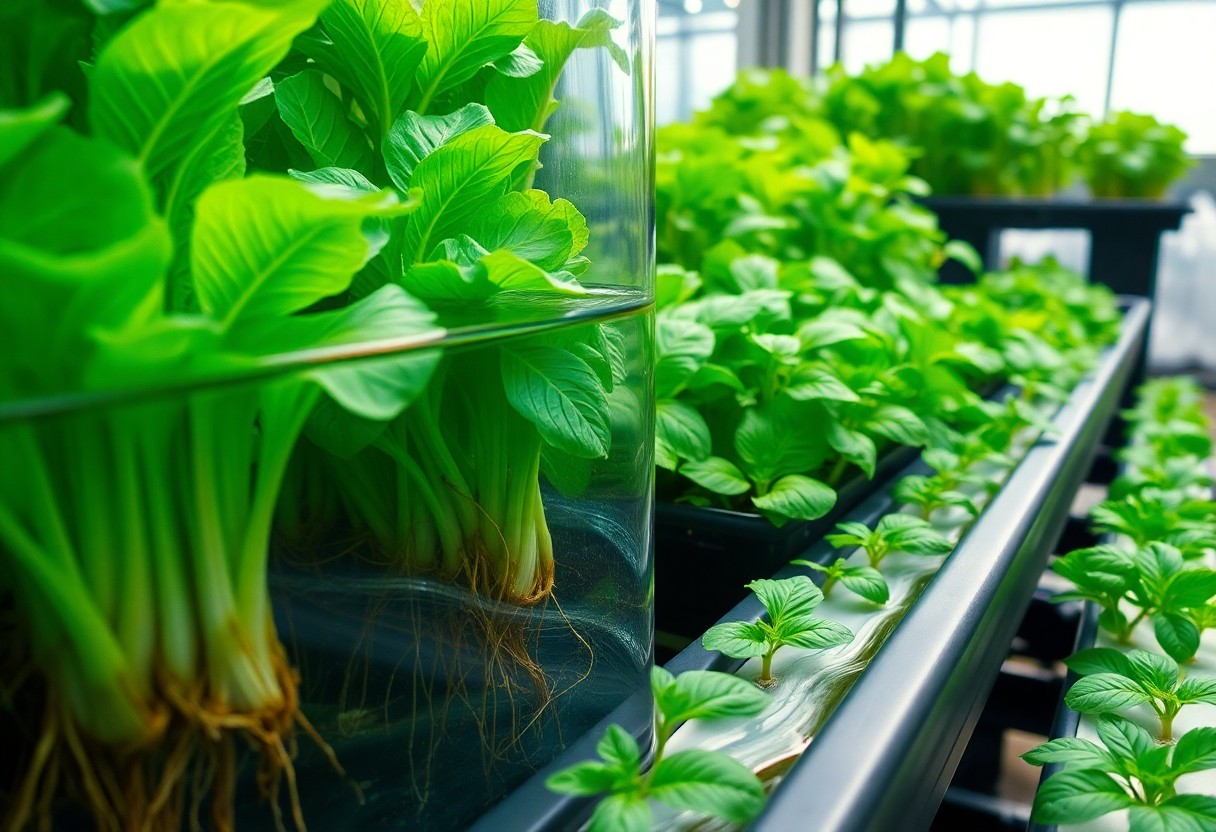
Comparing DWC with Nutrient Film Technique (NFT)
| DWC (Deep Water Culture) | Nutrient Film Technique (NFT) |
|---|---|
| Plants are suspended in a nutrient-rich water solution. | A thin film of nutrient solution flows over the roots of plants held in channels. |
| Provides constant access to oxygen and nutrients. | Relies on a film of nutrients; roots have intermittent contact with the solution. |
| Best for larger plants like tomatoes and peppers. | Ideal for smaller, fast-growing plants such as lettuce and herbs. |
| Set-up may require more space and equipment. | More space-efficient, allowing for higher density planting. |
| Potentially more novice-friendly. | Requires more monitoring and system maintenance. |
Advantages and Limitations of NFT
Nutrient Film Technique comes with its own set of advantages that make it appealing to various growers. The most notable benefit is its high efficiency in both space and water use, making it ideally suited for urban settings where floor space is limited. NFT systems can support a continuous flow of dissolved nutrients, which encourages rapid plant growth among compatible species. Additionally, it allows for lower operating costs due to reduced water usage and less energy consumption for pumps compared to traditional methods.
However, NFT also has limitations that deserve attention. The system’s reliance on a constant flow of nutrients means that any interruption—whether from pump failure or clogs—can quickly lead to plant stress or death. This puts a premium on monitoring and maintenance, requiring growers to be more vigilant than those operating DWC systems. Furthermore, NFT is not well-suited for larger plant varieties, as they can weigh down the system and affect flow dynamics.
Ideal Crops for NFT vs. DWC
Plants that thrive in NFT systems typically have smaller, more delicate root systems. Varieties such as lettuce, spinach, and herbs generally fare well, able to benefit from the quick delivery of nutrients while taking up less space. In contrast, DWC can accommodate larger fruiting plants like tomatoes, peppers, and cucumbers, allowing their more robust root systems to flourish in the nutrient-rich water, ensuring proper oxygenation and growth.
Furthermore, while both methods have their niches, the choice often boils down to the grower’s objectives and space constraints. DWC is optimal where greater root development and larger crops are desired, while NFT shines in environments where efficiency and quick turnover are prioritized. With careful consideration of the plants she wants to cultivate, a grower can easily determine which system suits their needs best.
Ebb and Flow: The Flood and Drain Method Explored
How Ebb and Flow Differs from DWC
Ebb and Flow systems, also known as flood and drain systems, operate on a cycle of flooding and draining the growing medium, typically clay pebbles, with nutrient-rich water. This method allows the roots to absorb nutrients during the flooding phase and receive oxygen during the draining phase. In stark contrast, DWC relies solely on oxygen-rich water to support plant growth without any medium, creating a continuously submerged root system. The need for intermittent flooding in Ebb and Flow can help reduce the risk of root rot and other water-related diseases, as the cycles maintain optimal moisture levels.
Another distinguishing factor lies in system complexity and maintenance. Ebb and Flow setups require additional components like a pump and timer, making them potentially more challenging to maintain than the straightforward DWC systems. Furthermore, Ebb and Flow plants are often surrounded by a medium that provides support and stability, while DWC plants depend exclusively on water. These differences can influence growers’ choices depending on their comfort levels with technology and system management.
Potential Yield and Crop Quality Comparisons
Potential yield and crop quality can vary significantly between Ebb and Flow and DWC systems, often influenced by the type of plants being cultivated. Ebb and Flow systems typically enhance the ability to grow larger crops due to the expanded root surface area provided by the medium, while DWC can yield faster growth rates owing to the constant access to nutrients and oxygen. Both methods can deliver high-quality produce, although Ebb and Flow might lead to variations in flavor and texture due to the different nutrient uptake patterns.
When considering potential yields, the crops often dictate the choice of system. For example, leafy greens might thrive in a DWC setup with potential yields of 3-4 harvests per year, while larger fruiting plants like tomatoes could benefit from Ebb and Flow’s structural support and extended growth period.
Yield and Crop Quality Differences
| Hydroponic Method | Characteristics |
|——————-|—————–|
| DWC | Faster growth rates; limited support; suitable for many leafy greens. |
| Ebb and Flow | Improved structural support; higher potential yield for larger plants; variations in flavor. |
Each method presents a unique set of advantages tailored to specific crops and grower preferences. DWC may be favored for rapid turnover and consistency, while Ebb and Flow’s versatility can accommodate a more diverse range of plants, particularly those requiring more stability during their growth cycle. Overall, the choice between DWC and Ebb and Flow hinges on individual cultivation goals and the types of crops being grown.
The Merits of Wick Systems vs. DWC
Simplicity and Accessibility of Wick Systems
In terms of simplicity, wick systems shine as one of the most user-friendly hydroponic options available. Instead of the complex mechanics and equipment associated with DWC, wick systems utilize a straightforward design that can easily be assembled with minimal knowledge of hydroponics. They generally consist of a reservoir, a growing medium, and wicks that draw nutrient solution into the growing medium through capillary action. This simplicity makes wick systems particularly accessible for beginners or those testing the hydroponic waters for the first time.
Accessibility also translates into a lower initial investment. Since wick systems do not require a pump or air stones, the cost of setup remains low, often making them an attractive choice for hobbyists or small-scale growers. A basic wick system can often be created from everyday materials, emphasizing the DIY spirit of hydroponics. For those who find themselves overwhelmed by the intricacies of more advanced systems like DWC, opting for a wick system can represent a stress-free entry point into hydroponic gardening.
Limitations Related to Plant Growth
While wick systems boast simplicity and affordability, they come with certain limitations that can affect plant growth. Unlike DWC, which continually oxygenates the nutrient solution and allows for deeper root saturation, wick systems only provide nutrients through wicking action. This can restrict the amount of oxygen delivered to roots, potentially leading to slower growth rates and reduced yields. For instance, plants that are heavy feeders, such as tomatoes and peppers, may not thrive in a wick system due to insufficient nutrient flow.
Further limitations include the growing medium used in wick systems, which often needs to retain moisture while allowing adequate drainage. Materials like coconut coir and perlite can work well, but these may not provide the same level of nutrients or aeration that DWC systems can achieve. In environments where high humidity and watering can be challenging, the wick system may struggle to deliver consistent moisture levels, hampering the growth process.
To conclude, while wick systems offer simplicity and an accessible approach to hydroponics, they might not be ideal for all plant varieties. The limitations tied to both oxygen delivery and nutrient availability restrict the system’s ability to support fast-growing, heavy feeding plants, making it critical for growers to assess their specific needs before choosing this method.
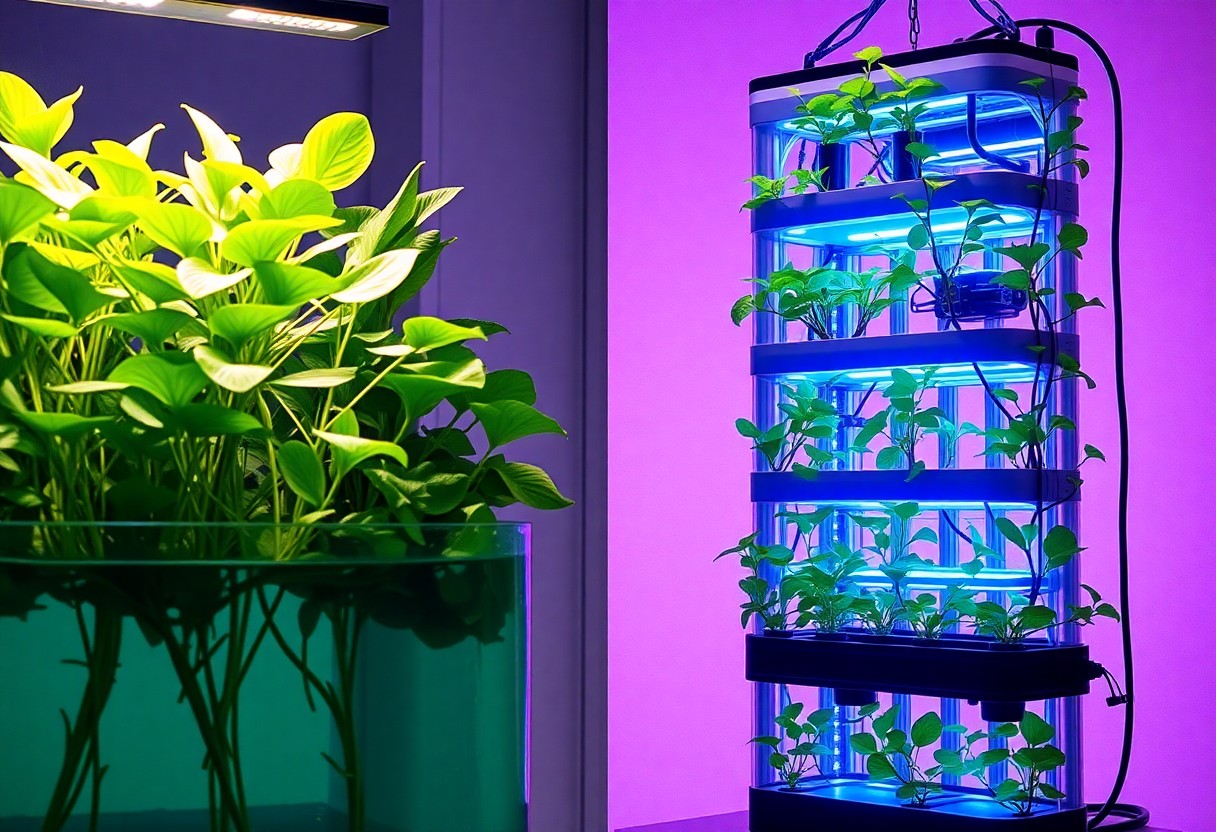
The Science of Drip Systems in Hydroponics
Efficiency of Nutrient Delivery
Drip systems are renowned for their ability to deliver nutrients and water directly to the root zones of plants in a targeted fashion. This method promotes an efficient uptake of vital nutrients, as they are readily available in the solution that drips down. By minimizing runoff and reducing nutrient waste, growers often see enhanced plant growth rates and overall health when utilizing this system. Unlike other methods, drip systems control the amount of solution provided, allowing for customization based on specific plant needs.
Plants can benefit immensely from the consistent moisture levels maintained by drip systems, which reduces stress and promotes robust root development. This targeted approach means less water is required overall, as the system is designed to only supply what the plant needs, all while preventing over-saturation or nutrient burn. Evidence suggests that when managed appropriately, drip systems can create a highly efficient growing environment for various crops.
Comparing Resource Use: Water and Energy
When evaluating resource use, drip systems stand out for their conservation of both water and energy. The design directs water precisely where it is needed, significantly reducing waste. A typical drip system can use up to 40% less water than traditional irrigation methods while still ensuring optimal growth conditions. This method is particularly advantageous in arid environments or during drought conditions where water conservation is necessary.
Energy efficiency is another advantage of drip systems. They often rely on gravity for the distribution of nutrients and water, which necessitates less energy-intensive pumps compared to systems like DWC or Ebb and Flow. In fact, many growers report a decrease in their energy consumption by as much as 30% when switching to a drip system from a more conventional method.
Resource Comparison
| Drip Systems | 40% less water usage; 30% reduced energy consumption |
| DWC Systems | Higher water usage; more energy required for aeration |
| Ebb and Flow Systems | Moderate water usage; energy intensive due to flood cycles |
Efficiency in resource use does not end with just water and energy; it extends to nutrient management as well. Drip systems enable growers to mix concentrated nutrient solutions that are then diluted just before application. This means less preparation time and often, a reduction in nutrient expenditure. For individuals or businesses keen on sustainability, the benefits of a drip system are compelling, emphasizing resource conservation without compromising plant health or yield.
Nutrient Efficiency
| Nutrient Delivery in Drip Systems | Targeted and efficient |
| Nutrient Delivery in DWC | Constant supply, potential for imbalance |
| Nutrient Delivery in Ebb and Flow | Flood intervals can lead to nutrient dilution |
Evaluating Cost and Maintenance Across Systems
Initial Investment and Setup Costs
Setting up a hydroponic system involves various costs that can vary widely depending on the chosen method. For Deep Water Culture (DWC), initial investments often include the reservoir, air pump, air stones, net pots, and nutrient solutions. On average, a personal DWC system can run anywhere from $100 to $500 based on scale and quality. Conversely, wick systems are generally less expensive to set up. Their simplicity often leads to an initial investment of around $50 to $200, making it an attractive entry point for novice growers.
Drip systems, while potentially more efficient, often require a greater initial outlay due to their complex infrastructure. A complete drip setup can exceed $600, particularly when factoring in the need for additional components like timers, emitters, and more sophisticated nutrient delivery mechanisms. For those considering modular expansions for larger operations, the incremental costs can add up quickly.
Long-term Maintenance and Upkeep Requirements
Sustaining hydroponic systems means accounting for ongoing maintenance demands. DWC systems require regular monitoring and adjustments to water levels and nutrient concentrations. Weekly checks of pH levels and nutrient strength may be necessary, along with occasional system cleanings to avoid issues with root rot or algae growth. The consistent attention needed can increase overall labor hours, particularly in a larger setup.
In contrast, wick systems generally demand less frequent maintenance since they rely on capillary action to deliver nutrients. Growers using wick systems might only need to replenish nutrient solutions every couple of weeks. However, they may still encounter challenges with root health and nutrient absorption, necessitating periodic evaluations of plant health.
Cost-effective in both setup and maintenance, wick systems offer a low-stress hydroponic experience. On the other hand, DWC presents better growth rates and higher yields, albeit with more intensive ongoing care. Ultimately, the decision regarding the right system hinges on balancing initial interests and long-term commitment. Each method encapsulates distinct operational requirements, which can significantly impact overall productivity and satisfaction.
Environmental Impact and Sustainability Considerations
Resource Use Efficiency in Hydroponic Systems
Hydroponic systems have a distinct edge over traditional soil farming in terms of resource use efficiency. DWC systems, in particular, utilize approximately 90% less water compared to conventional agricultural practices. This water-saving aspect is especially critical in regions facing water scarcity, where every drop counts. By continuously recirculating water, DWC systems minimize waste and only require enough nutrient solution to support plant growth. In contrast, other hydroponic methods, while also efficient, may involve more complex systems that lead to higher energy and nutrient needs, ultimately making them less sustainable.
Nutrient use also favors DWC systems. They need a concentrated solution, leading to a more efficient uptake by plants and less runoff than traditional soil methods, where fertilizers can leach into waterways, causing detrimental algal blooms. The streamlined design of DWC setups enables growers to optimize their nutrient and water inputs while maximizing output. By minimizing excess and ensuring that nutrients are delivered directly to plant roots, they significantly improve overall sustainability.
Carbon Footprint: DWC vs. Other Methods
In evaluating the carbon footprint of hydroponic systems, DWC often emerges as a strong candidate for sustainability. The energy consumption of such systems tends to be lower than that of aeroponic or other more energy-intensive hydroponic methods, which rely on extensive misting and mechanical control systems that require significant power. DWC typically requires less energy for both lighting and temperature control, which contributes to a reduced carbon output. Growers focused on minimizing their ecological impact may find this aspect particularly favorable as they strive to cultivate produce sustainably.
Additionally, DWC systems can yield crops in closer proximity to urban centers, thereby reducing the distance food travels from farm to table. By lessening transportation, the overall emissions associated with distribution drop considerably. This local approach not only supports sustainability but also addresses the growing demand for fresh produce, improving food security in metropolitan areas.
The effectiveness of DWC in lowering the carbon footprint is further highlighted by studies showing that small-scale DWC setups significantly outperform traditional growing methods in low-emission environments. Even after accounting for energy requirements for water circulation and aeration, the total emissions from DWC systems remain competitive compared to soil-based farming and other hydroponic variations. Thus, through optimized resource use and diminished transportation needs, DWC stands out as a sustainable choice for environmentally conscious growers.
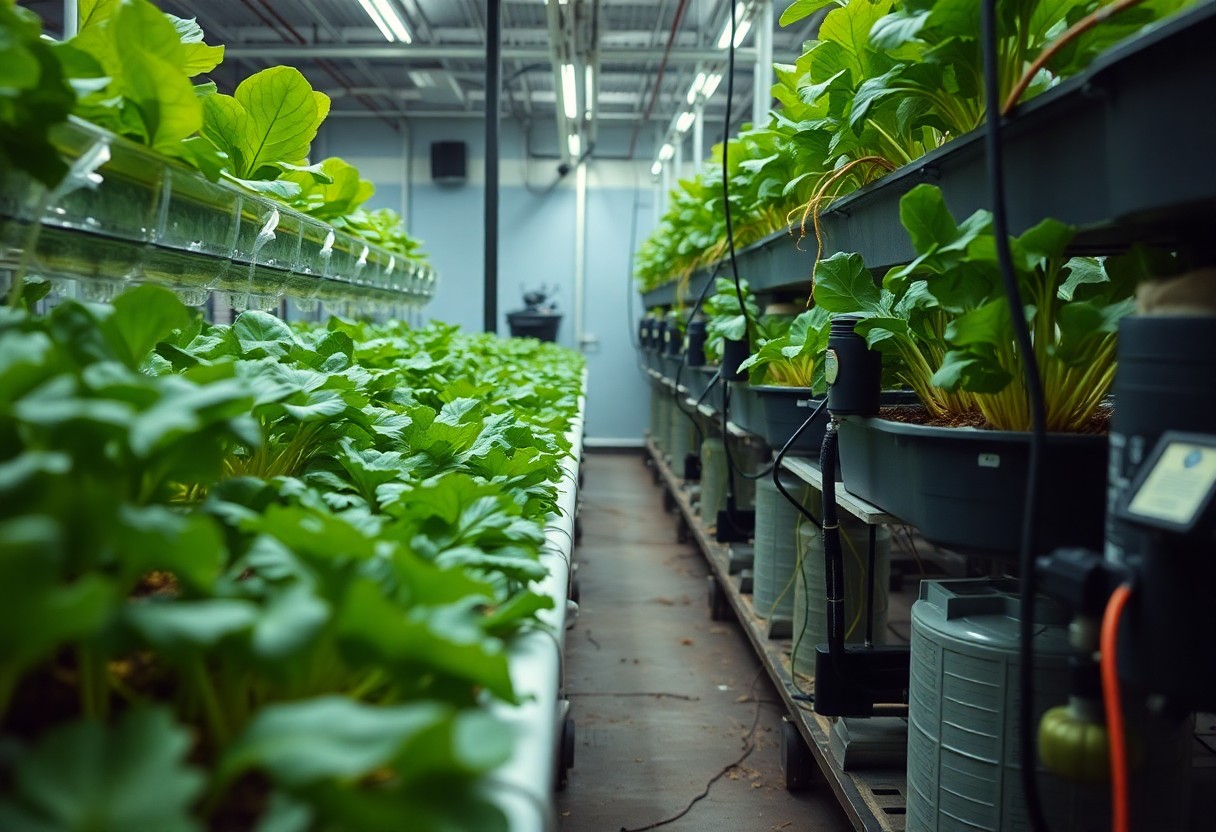
Real-World Applications and Success Stories
DWC in Commercial Operations
Within commercial agriculture, Deep Water Culture (DWC) has carved a niche for itself, particularly in the cultivation of high-value crops like lettuce, basil, and strawberries. A well-known example is a large-scale hydroponic farm in the Netherlands that produces over 2 million kilograms of premium lettuce annually using DWC systems. They have successfully harnessed this method’s ability to deliver nutrients directly to the roots, resulting in significantly faster growth rates—up to five times faster than traditional soil farming. Such efficiency translates into shorter turnaround times and higher yields, proving to be an attractive model for commercial growers seeking rapid production cycles.
Furthermore, studies reveal that DWC can reduce water consumption by approximately 90% compared to conventional farming practices, making it a compelling option for businesses focused on sustainability. A recent commercial venture based in California reported a complete operational turnover within the first year chiefly attributed to implementing DWC systems. Their strategic farming approach illustrated that transitioning from soil to water-based nutrient delivery not only increased profitability but also elevated produce quality, leading to a strong competitive advantage.
Hobbyist Experiences and Trials
For hobbyists, DWC offers a wealth of opportunities to experiment with various plant species and nutrient formulations. Enthusiasts often share inspiring stories about their journeys, showcasing everything from herb gardens flourishing under LED grow lights to stunning displays of heirloom tomatoes thriving in a well-established DWC setup. One hobbyist reported achieving massive yields from a modest setup of six DWC buckets, with an output of over 150 pounds of produce in a single season. They highlighted the incredible feedback from friends and family who benefited from the shared harvests.
The community surrounding DWC is vibrant and supportive, facilitating rich learning experiences. A DIY project showcased by a group of urban farmers detailed their trials with an aquarium pump-powered DWC system. They experienced some initial bumps, such as nutrient imbalance and pH fluctuations, but through trial and error, they established a thriving garden that not only provided fresh produce but also served as an educational hub for novice growers. Such testimonials and experiments underline the profound joy and tangible benefits that can arise from embracing DWC as a hobby, making it an attractive option for those looking to dip their toes into hydroponic gardening.
To wrap up
Drawing together the various aspects of Deep Water Culture (DWC) and other hydroponic methods, one can see that each system offers unique advantages and potential drawbacks. For those who prioritize simplicity and rapid growth rates, DWC can be an excellent choice, especially for growing leafy greens and herbs. Their approach allows for easy monitoring of nutrient levels and oxygenation, making it suitable for beginners and seasoned growers alike. On the other hand, methods such as Nutrient Film Technique (NFT) or aeroponics have their distinctive benefits that may appeal to individuals looking for versatility or more space-efficient solutions.
Ultimately, the decision regarding which hydroponic method is right for him, her, or them will depend on a variety of factors including available resources, space constraints, and desired crops. By evaluating these elements alongside the operational complexities and benefits of each method, he or she can make an informed choice that aligns with their growing goals. They may find that experimenting with multiple systems can lead to the optimal hydroponic strategy tailored to their specific needs and preferences.
FAQ: DWC vs. Other Hydroponic Methods – Which is Right for You?
Q: What is Deep Water Culture (DWC)?
A: Deep Water Culture is a hydroponic system where plant roots are suspended in a nutrient-rich water solution, while the upper part of the plants is supported above the water. An air pump provides oxygen to the water, ensuring healthy root development. DWC is known for promoting rapid plant growth due to the abundant oxygen and nutrients available to the roots.
Q: How does DWC compare to Nutrient Film Technique (NFT)?
A: DWC provides a constant supply of water and nutrients, while NFT involves a thin film of nutrient solution circulated over plant roots. DWC is better for plants with larger root systems that require stable moisture, whereas NFT is suitable for smaller plants with less aggressive root growth. DWC generally allows for easier monitoring of nutrient levels and plant health due to the visible water reservoir.
Q: What are the advantages of using DWC over Ebb and Flow systems?
A: DWC offers more consistent moisture levels as plants are submerged in nutrient solution, reducing the risk of dry periods that can occur with Ebb and Flow systems. The continuous availability of oxygen from the air pump in DWC also promotes faster growth. Ebb and Flow systems require a pump to flood and drain the grow bed, which can be more labor-intensive to manage and maintain.
Q: Are there specific plants that thrive better in DWC compared to other hydroponic systems?
A: Yes, many plants such as lettuce, herbs, and other leafy greens thrive in DWC systems as they respond well to the constant nutrient and oxygen supply. Larger fruiting plants, like tomatoes or cucumbers, can also be grown in DWC, but they may require additional support due to their weight. Other systems may be more suitable for specific plant types depending on their root structure and growth habits.
Q: What is the maintenance level like for DWC compared to other hydroponic methods?
A: DWC systems generally require regular monitoring of pH and nutrient levels, but the overall maintenance can be easier in terms of setup and operation compared to more complex systems like aeroponics or NFT. However, since DWC relies on a continuous water supply, users must also be vigilant about water temperature and oxygen levels to avoid stagnation or algae growth.
Q: Is DWC more cost-effective than other hydroponic methods?
A: The initial investment for setting up a DWC system can be lower than that of more sophisticated systems like aeroponics or vertical farming setups. However, the long-term costs may vary based on electricity usage for pumps and air stones, as well as nutrient solution needs. Evaluating your specific requirements and budget is important to determine which method suits you best.
Q: How does the learning curve of DWC compare to other hydroponic techniques?
A: DWC is typically considered user-friendly, making it a great choice for beginners. The simplicity of the setup and operation allows newcomers to grasp hydroponic principles without extensive prior knowledge. In contrast, systems like nutrient film technique and aeroponics may require more understanding of nutrient delivery and environmental factors, which can present a steeper learning curve for those new to hydroponics.

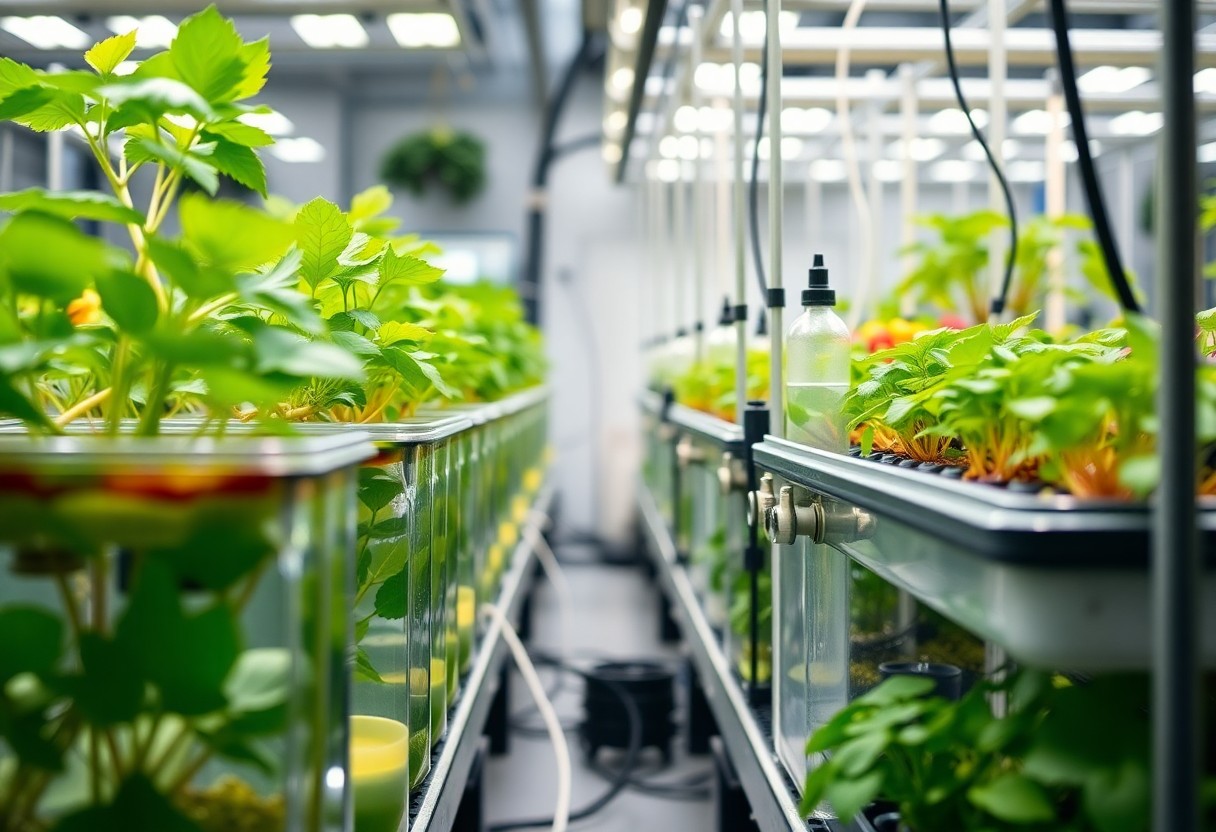
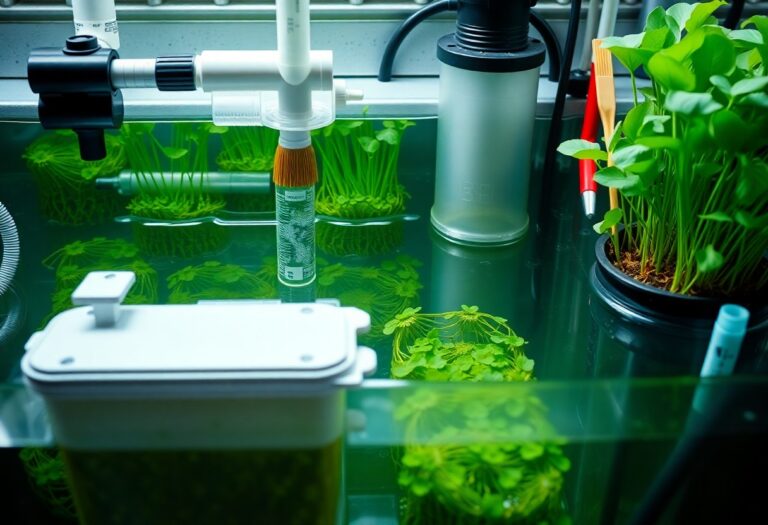

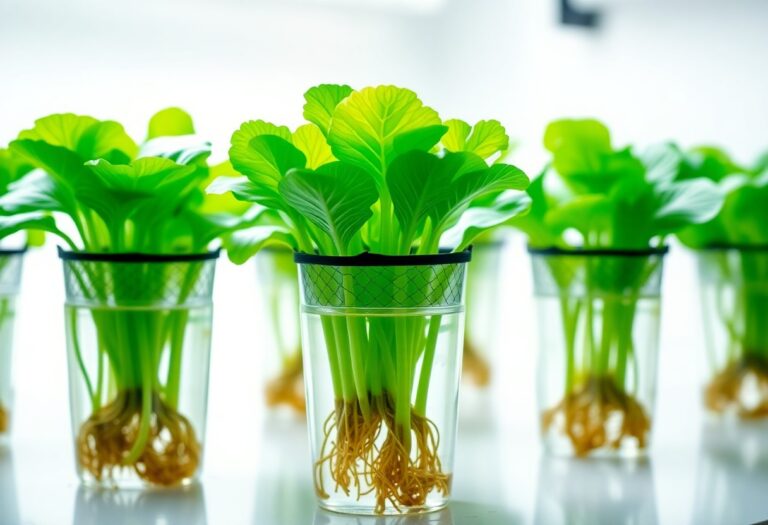
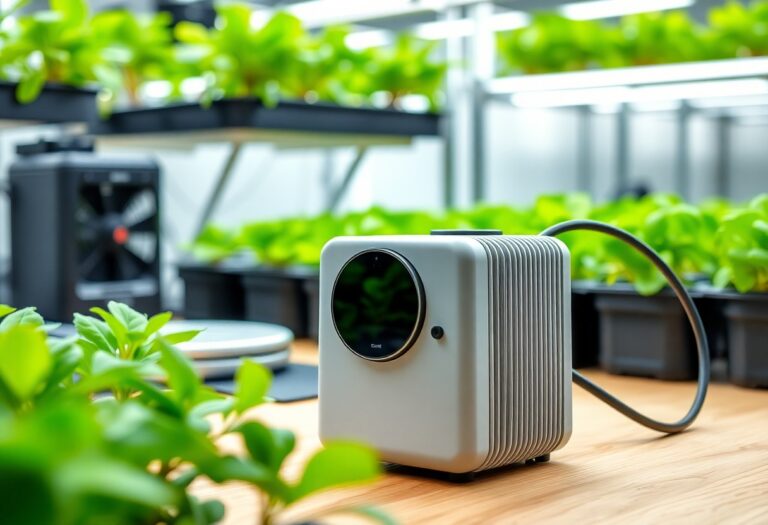
Leave a Comment